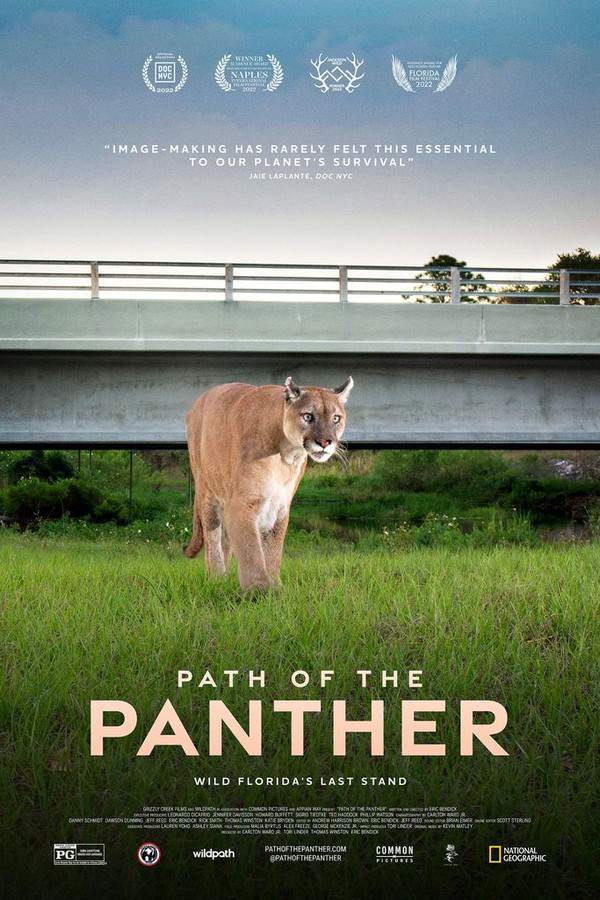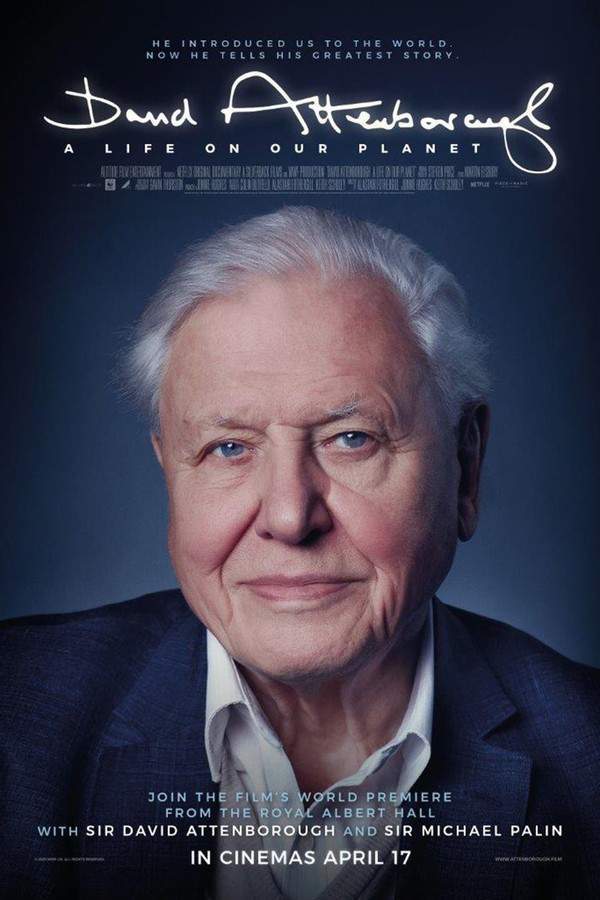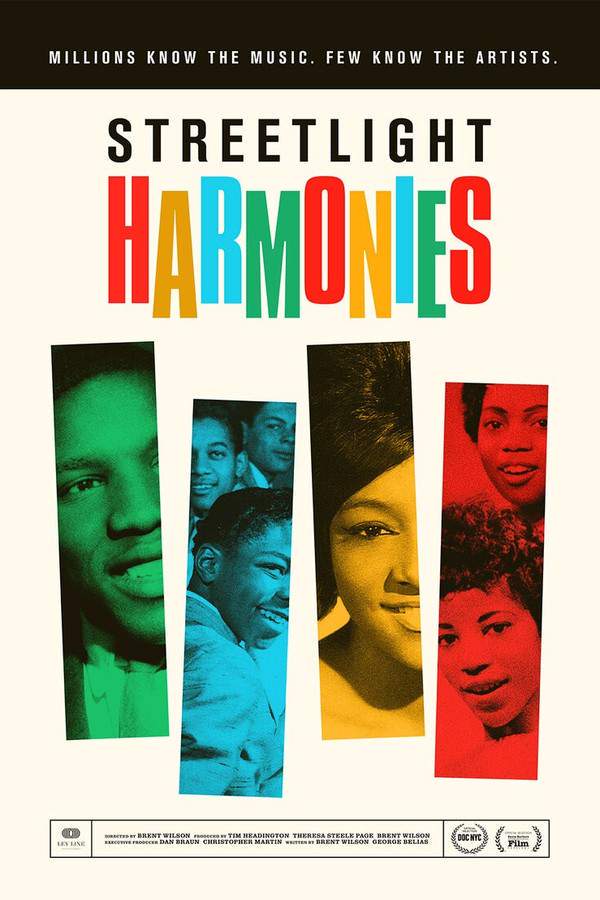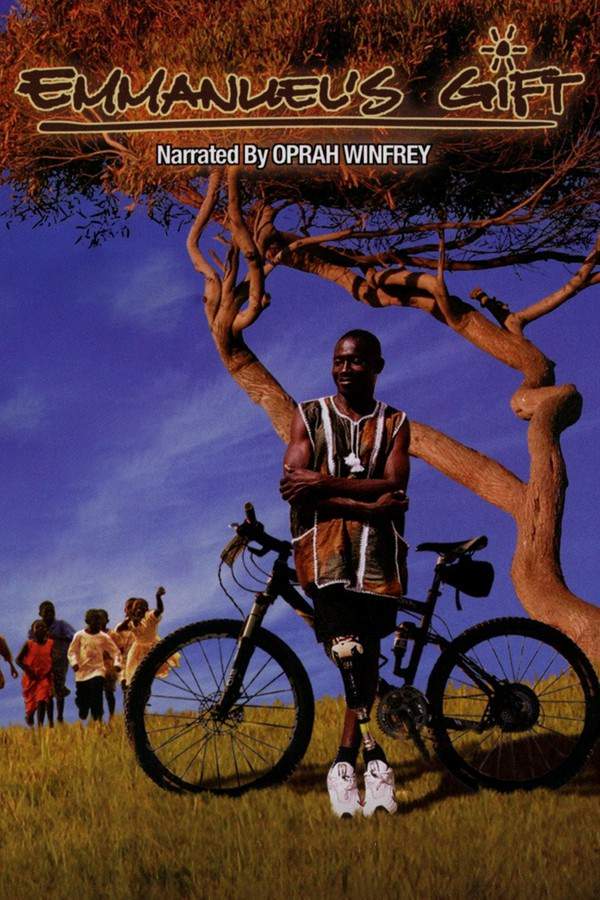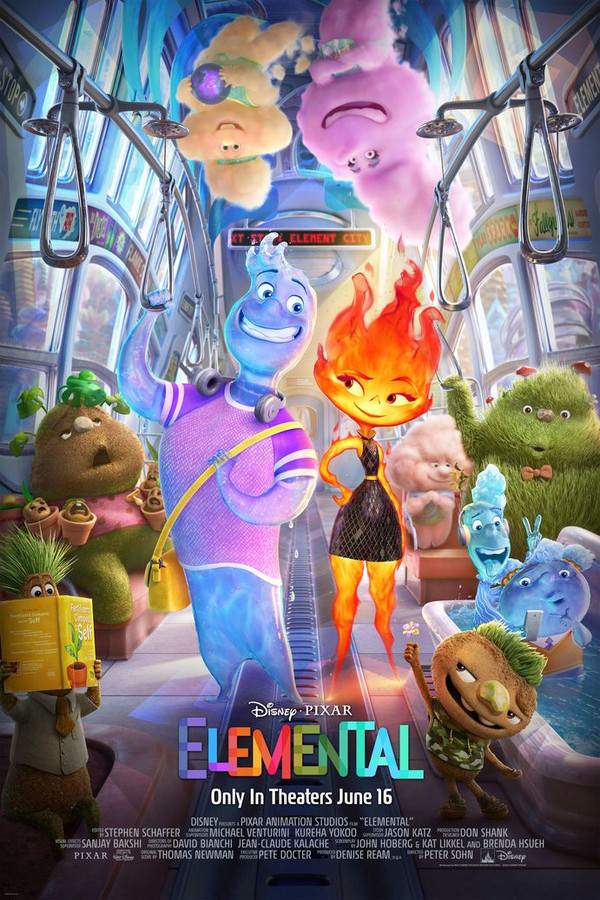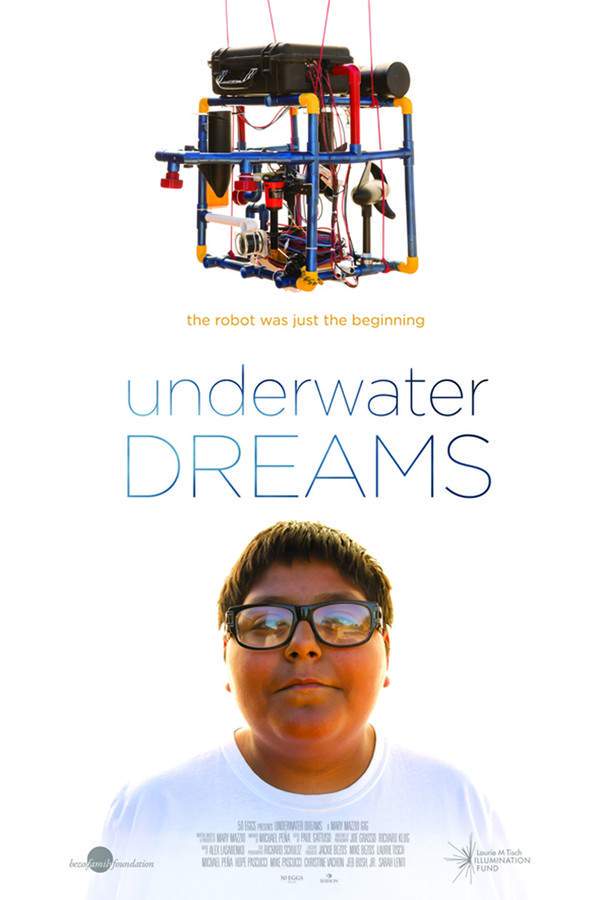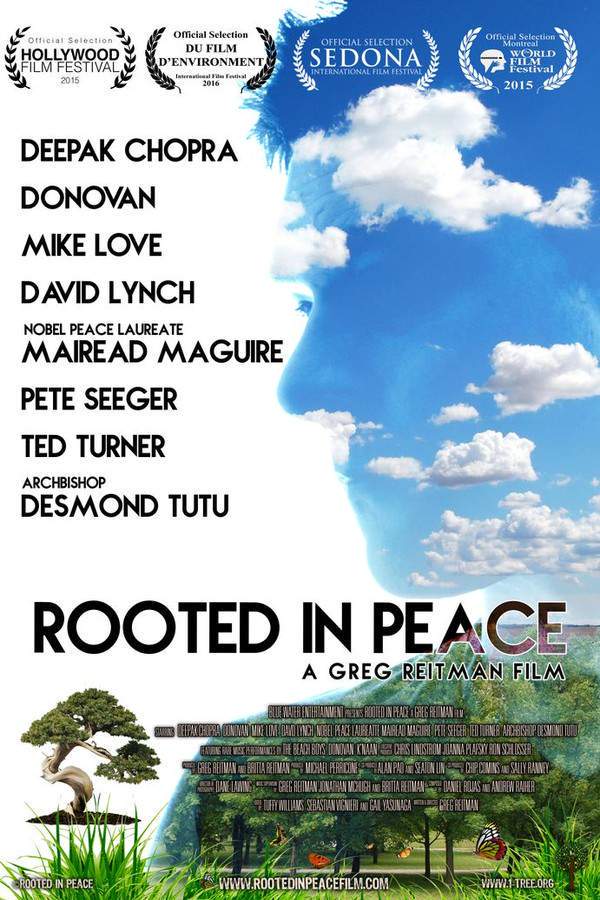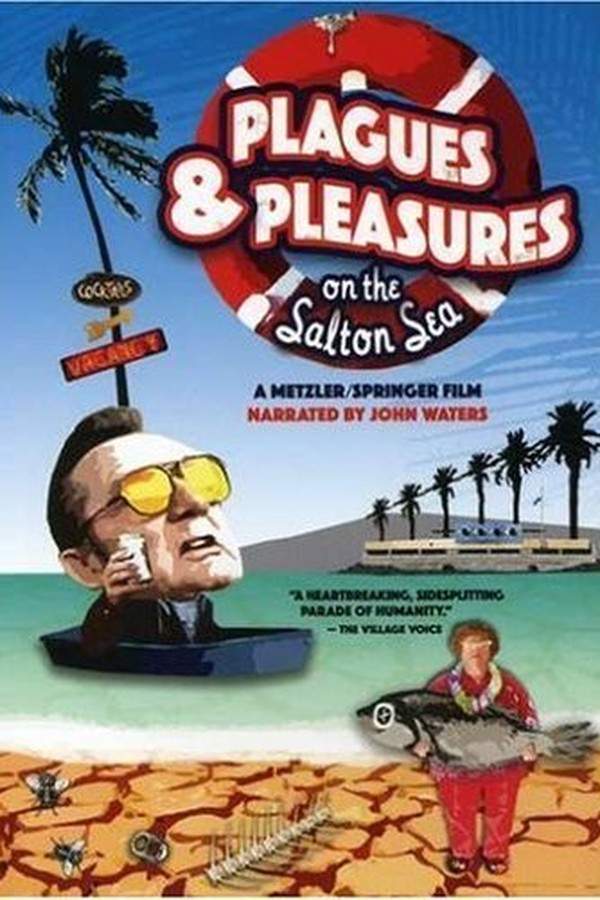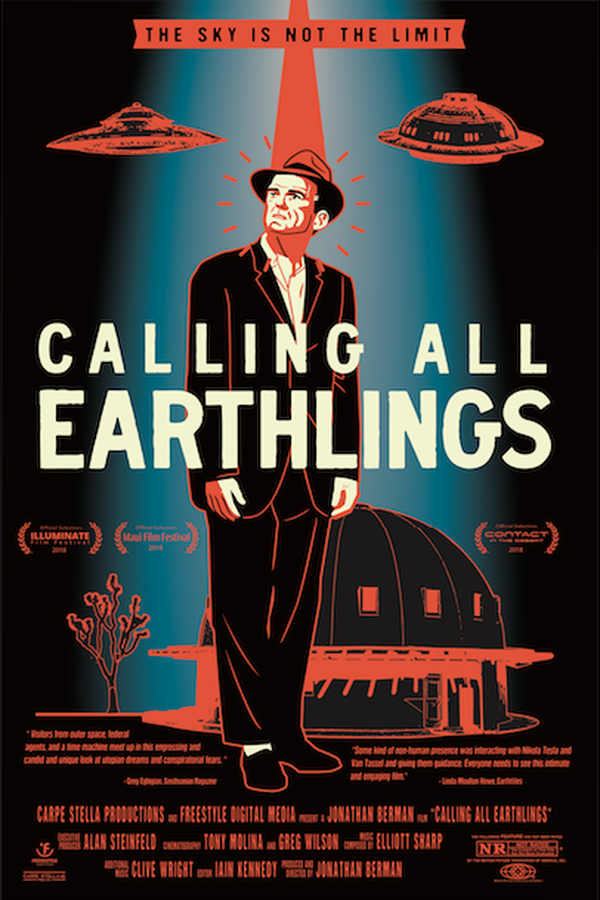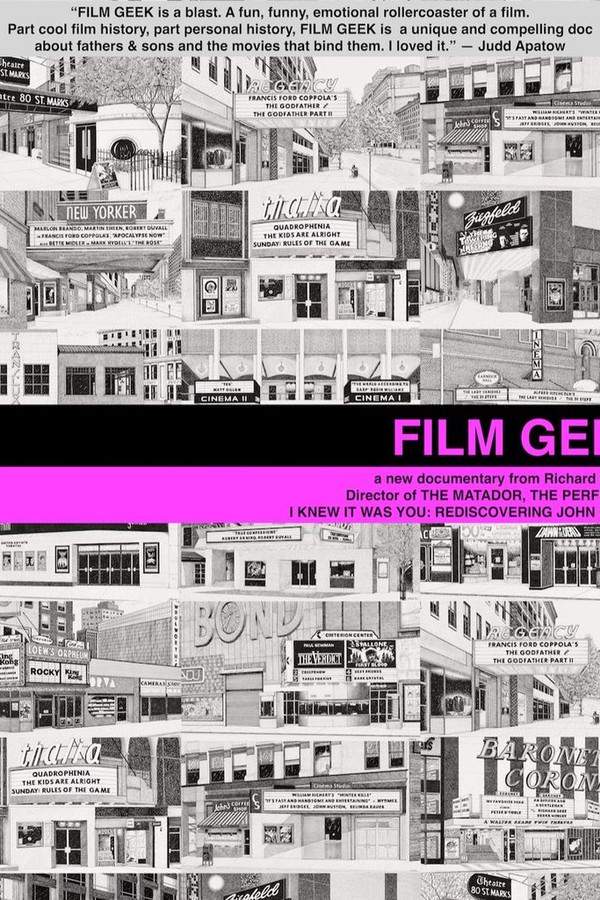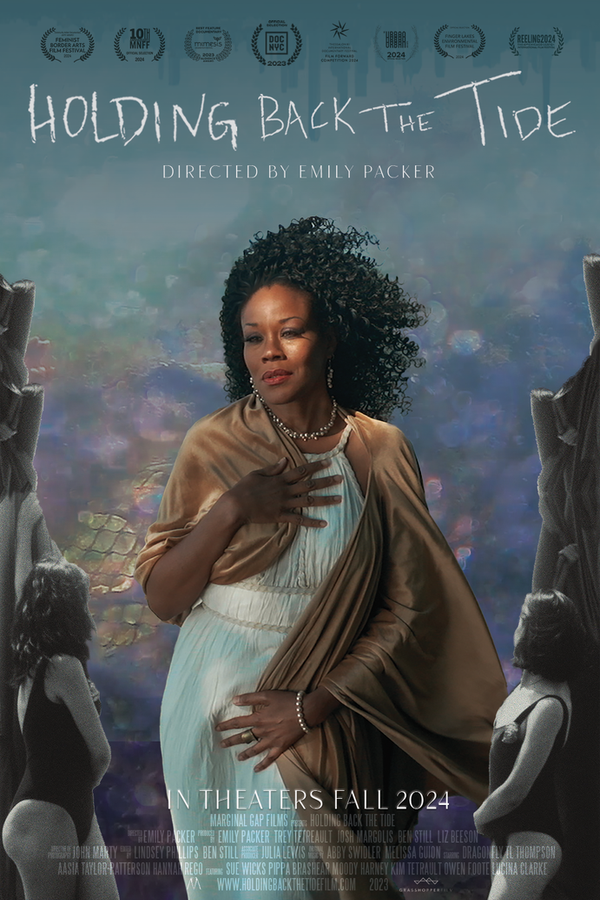
Holding Back the Tide
Year: 2024
Runtime: 1 h 17 m
Language: english
Director: Emily Packer
This documentary explores the life cycle of oysters in New York City, a region with a rich history as an oyster capital. Combining evocative storytelling and compelling characters who draw inspiration from ancient mythology, the film reveals the forgotten history and fascinating biology of these bivalves, showcasing their impact on the city's landscape.
Warning: spoilers below!
Haven’t seen Holding Back the Tide yet? This summary contains major spoilers. Bookmark the page, watch the movie, and come back for the full breakdown. If you're ready, scroll on and relive the story!
Holding Back the Tide (2024) – Full Plot Summary & Ending Explained
Read the complete plot breakdown of Holding Back the Tide (2024), including all key story events, major twists, and the ending explained in detail. Discover what really happened—and what it all means.
New York City boasts an extensive coastline exceeding 500 miles, where the bustling New York Harbor once thrived as a haven for oysters, providing nearly half of the world’s oyster population. These fascinating bivalves not only filter water while breathing, but they also possess the unique ability to change their sex during reproduction. Often regarded merely as a culinary delicacy, oysters play a crucial role in maintaining their ecosystem. They create reefs that offer habitat for various aquatic species, guard against storm surges, and combat coastal erosion. Historically, before humans began to overharvest them, oysters flourished in the harbor, contributing to water quality and serving as a vital food source for both the indigenous Lenape people and the settlers of New Amsterdam.
Today, however, the waterways of New York are at a critical juncture, facing challenges that could determine the city’s future livability. Rising sea levels pose significant threats to the coast, while escalating climate change leads to increasingly severe superstorms. Each rainfall event in the city results in Combined Sewer Overflows that release untreated waste into the harbor. Furthermore, the public transit infrastructure shows signs of distress, with severe flooding becoming alarmingly prevalent. In response to these growing environmental crises, a variety of non-profit organizations, for-profit firms, and political entities are collaborating to implement sustainable solutions aimed at preserving the city for future generations. Despite a daunting outlook, many individuals are striving to mitigate the worst impacts of climate change. Fortunately, recent reports from the NYC Department of Environmental Protection indicate that the harbor’s water has become cleaner than it has been in over a century, primarily due to the dedicated efforts of environmental groups and activists advocating for the future.
Among these devoted organizations is the Billion Oyster Project (BOP), which has taken a creative approach by utilizing oysters to help shape a more resilient future. BOP partners with numerous restaurants throughout NYC to collect discarded oyster shells otherwise destined for landfills. These reclaimed shells serve as essential surfaces for new oysters to thrive on, contributing to the formation of reefs after being restocked with baby oysters, commonly referred to as spat.
Another innovative organization making strides is the landscape design firm SCAPE, which is developing the Living Breakwaters project. This initiative focuses on constructing protective structures off the coast of Staten Island, aimed at safeguarding the neighborhood of Tottenville, an area with a rich heritage in oystering.
In the culinary realm, the oyster has become a unifying force for farmers and food workers. Notably, Moody “The Mothershucker” Harney utilizes his oyster cart to reclaim oysters for the broader public, stepping away from their previous image as an exclusive culinary experience. His cart draws inspiration from Thomas Downing, celebrated as the Black Oyster King of New York in the 1800s. Former WNBA star Sue Wicks also finds her place in the oyster industry, farming oysters while discovering tranquility on the water. She relates deeply to these mollusks, appreciating their unique characteristics that inspire new perspectives on sex and gender, liberating herself from societal norms.
Holding Back The Tide is a remarkable exploration of the intricate connections and relevance of oysters in New York City, showcasing various initiatives dedicated to addressing environmental challenges across all five boroughs and beyond. It not only highlights the essential role oysters play in the ecosystem but also reflects on the urgent environmental time-bomb facing the city that must be dealt with for a sustainable future.
Last Updated: May 13, 2025 at 20:31
Explore Movie Threads
Discover curated groups of movies connected by mood, themes, and story style. Browse collections built around emotion, atmosphere, and narrative focus to easily find films that match what you feel like watching right now.
Hopeful Environmental Documentaries like Holding Back the Tide
Inspiring stories of community action and resilience in the face of ecological challenges.Movies like 'Holding Back the Tide' that balance urgent environmental themes with hopeful, solution-oriented narratives. If you enjoyed this inspiring look at community-driven resilience, you'll find similar documentaries that educate and uplift.
Narrative Summary
These narratives typically establish a serious environmental problem but pivot to showcase human ingenuity and perseverance. They follow a structure of problem, action, and progress, culminating in a sense of optimism about the possibility of positive change.
Why These Movies?
They share a unifying tone of hope and a focus on tangible action. While acknowledging the gravity of issues like climate change, they are paced steadily to build a compelling case for resilience, creating a cohesive experience that is both urgent and optimistic.
Urban Nature Rediscovery Stories like Holding Back the Tide
Exploring the hidden natural world and forgotten history within city landscapes.Films similar to 'Holding Back the Tide' that explore the intersection of nature and urban life. If you liked discovering the hidden history of oysters in NYC, you'll enjoy these movies about finding wilderness and legacy in the city.
Narrative Summary
These stories often follow a pattern of discovery, tracing the history of a place or species within a metropolitan area. They blend science, history, and personal narratives to illuminate how nature persists and shapes the urban experience, creating a reflective and grounded journey.
Why These Movies?
They are grouped by their unique focus on urban ecology and historical legacy. A shared mood of reflective discovery and a grounded, educational approach connects these films, offering a serene yet compelling look at the natural world hiding in plain sight.
Unlock the Full Story of Holding Back the Tide
Don't stop at just watching — explore Holding Back the Tide in full detail. From the complete plot summary and scene-by-scene timeline to character breakdowns, thematic analysis, and a deep dive into the ending — every page helps you truly understand what Holding Back the Tide is all about. Plus, discover what's next after the movie.
Holding Back the Tide Timeline
Track the full timeline of Holding Back the Tide with every major event arranged chronologically. Perfect for decoding non-linear storytelling, flashbacks, or parallel narratives with a clear scene-by-scene breakdown.

Characters, Settings & Themes in Holding Back the Tide
Discover the characters, locations, and core themes that shape Holding Back the Tide. Get insights into symbolic elements, setting significance, and deeper narrative meaning — ideal for thematic analysis and movie breakdowns.

Holding Back the Tide Spoiler-Free Summary
Get a quick, spoiler-free overview of Holding Back the Tide that covers the main plot points and key details without revealing any major twists or spoilers. Perfect for those who want to know what to expect before diving in.

More About Holding Back the Tide
Visit What's After the Movie to explore more about Holding Back the Tide: box office results, cast and crew info, production details, post-credit scenes, and external links — all in one place for movie fans and researchers.


